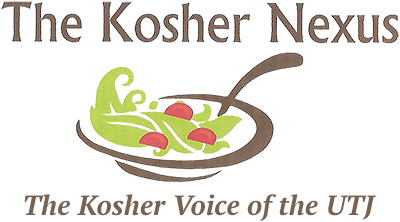How is maple syrup made?
Pure maple syrup is a one-ingredient sweetener made from boiled maple tree sap. It takes a lot of sap to produce a relatively tiny amount of syrup: At Baird Farm in Vermont, 90 percent of the water is removed in the first step of the process. The concentrated sap is then boiled until sweetened to 67 percent sugar.
“We bring maple syrup up to that density for a reason, because it’s a stable spot for maple syrup to sit,” says Jacob Powsner, who runs the retail end of the fourth generation farm with his partner, Jenna Baird. “If it was more liquidy it would be more prone to ferment; if it was more solid, it would be more prone to crystallize.”
The syrup is then filtered and hot-packed into 40 or 55-gallon drums, where it’s stored until it’s re-filtered and bottled.
What’s the difference between maple syrup and pancake syrup?
Pancake syrup like the Log Cabin I grew up with, or “fake syrup,” as some Vermonters refer to it, has cane sugar, high fructose corn syrup, or other syrups cut into it to make it cheaper. (And in some cases, there’s no real maple syrup in it at all). If you’re not sure which is which at the store, the easiest thing to do is look at the ingredient label.
Unopened maple syrup of any kind can be stored in a cool, dark place until you’re ready to use it, ideally within two years. But once opened, pure maple syrup should be stored in the refrigerator. This is less about safety (the heat packing process prevents contamination) than it is about quality, as leaving it out increases the likelihood of mold.


Recent Comments